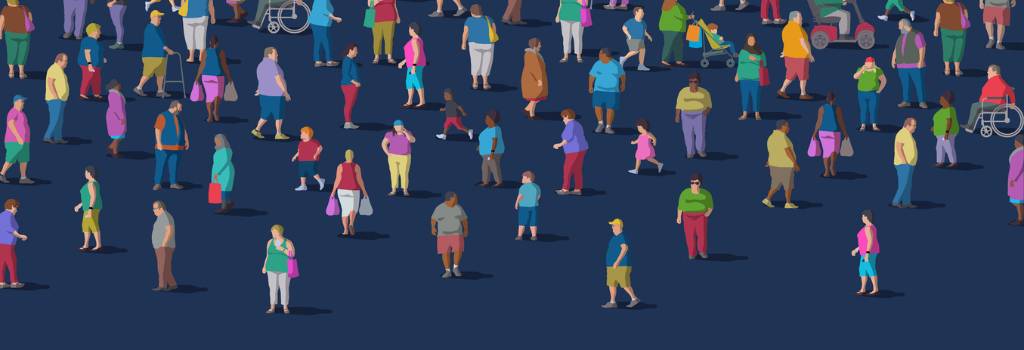Discrimination exists in a variety of forms, and one we’ll be exploring in this post is how it shows up for those who have larger-sized bodies and how those with thin bodies are experiencing privilege.
Linkedin found that, on average fat workers earned $2,512 less than their colleagues with average or “normal” BMI ranges per year. Other studies have shown that the likelihood of being discriminated against at work increases if you’re fat. In the US, on average, obese people can expect to earn anywhere from 1 to 6 percent less than their smaller-bodied teammates. Heavier women experience the most loss when it comes to their paychecks, according to a study by Tennessee State University economists Charles Baum and William Ford.
Let’s start with some language. Fatphobia focuses on the individual much like other isms (racism, sexism, etc.). Aubrey Gordon proposes there are a few ways to talk about the issue systemically:
- fatmisia, using the Greek miso-, meaning “hatred” (think misogyny). Fatmisia is certainly more focused on the hatred and bigotry of anti-fat attitudes, though it’s less intuitive to many and takes some defining with each use.
- Sizeism is defined as “discrimination or prejudice directed against people because of their size and especially because of their weight.” While sizeism is more intuitive than fatmisia, it isn’t inherently explicit that fat people bear the brunt of anti-fat behaviors and policies.
What you can do to combat sizeism in the workplace
- Increase your understanding of awareness gaps. Review our resource list below and start reading, listening, and learning about others’ experiences as fat folks moving through the world.
- Challenge your langauge. Stop using fat as a dirty or bad word. Attempt to challenge your thinking about your and others’ bodies. Listen to Maintenance Phase: the highly recommended podcast that debunks and decodes the wellness world! Or read ‘how to decolonize the way you think of your body.’
- If you notice someone focusing on their or others’ weight in a meeting or online, kindly share that it’s not relevant to the work and ask that they refrain from discussing it as it might be an issue for others in the space.
What you can do to address sizeism as an organization
- When conducting performance reviews, focus on the work, not the person. Ensure that your managers don’t focus on appearance, and comments about size, weight, and appearance aren’t relevant.
- If your organization has any appearance codes or dress codes, ask about them. What’s their purpose? Consider some of these resources on “professional dress” and how office appearance codes can perpetuate racism and sexism.
- Ensure that pay equity is in place so that people who you might bias against for size and appearance are paid what they deserve and not based on your implicit association of size and success. Use role-level expectations and rubrics to measure performance, not characteristics of someone’s personality.
- Divest from those workplace weight loss challenges because it’s not your organization’s place to challenge folks to lose weight, move more, or ‘get their steps in.’
For more information on fatphobia, fatmisia, or sizeism, check out the following:
- Five Black Influencers Redefining Body Positivity Movement
- Aubrey Gordon, your fat friend
- 5 Fab fat-positive young adult books!
- Fat shaming and the thin epidemic: Jill Andrew at TEDxYorkU 2014
- BODIES AS RESISTANCE: Claiming the political act of being oneself | Sonya Renee Taylor | TEDxMarin
- Your fat stigma is racist
- 14 Painful Examples Of Everyday Fat-Shaming
- Weight Bias in Hiring
